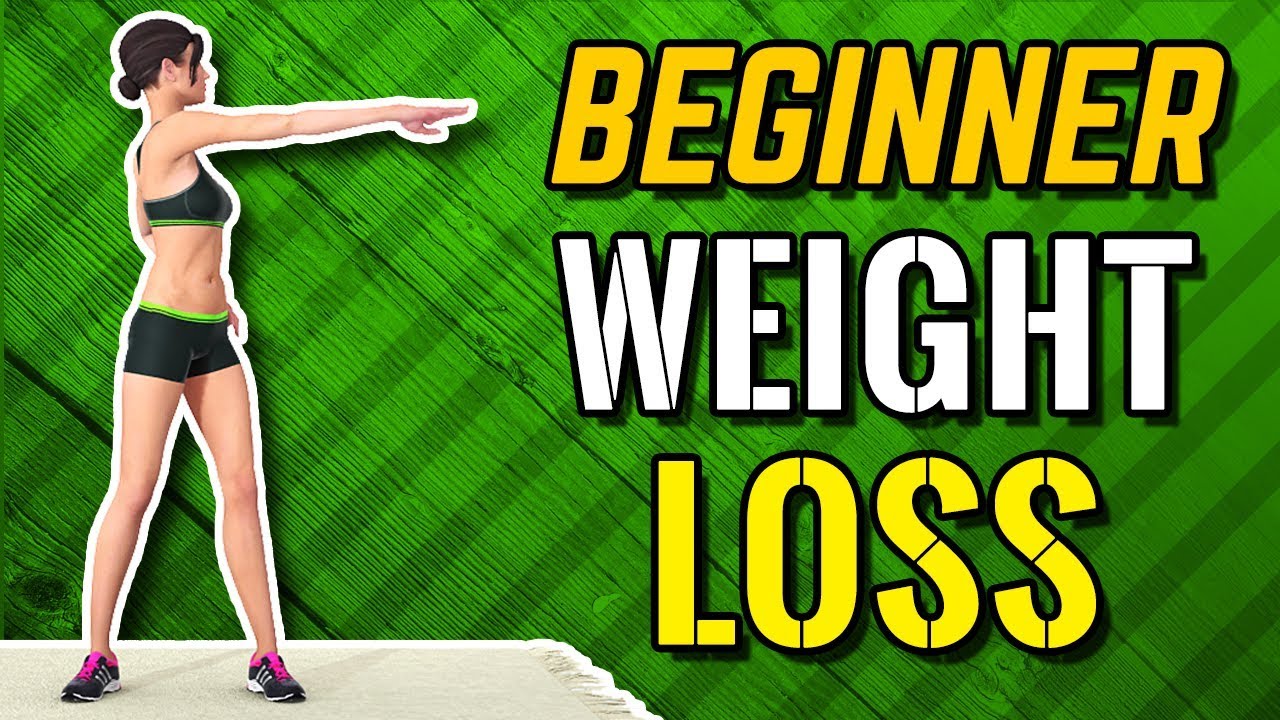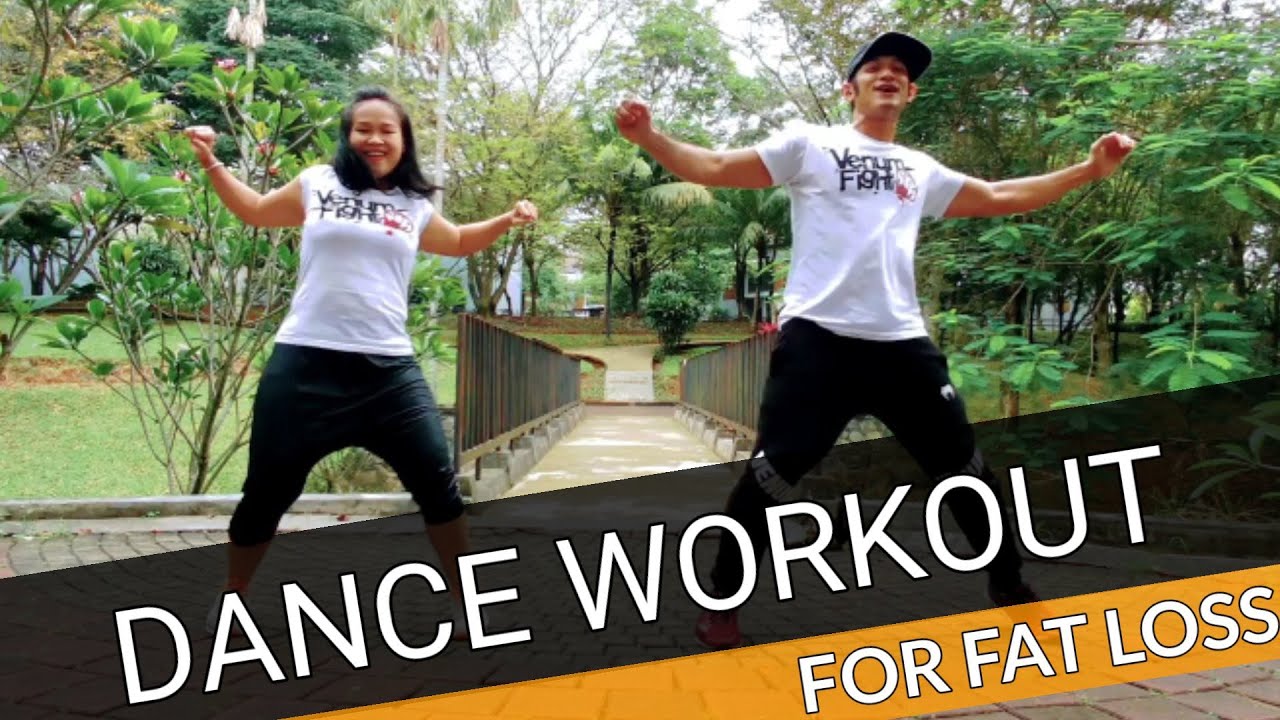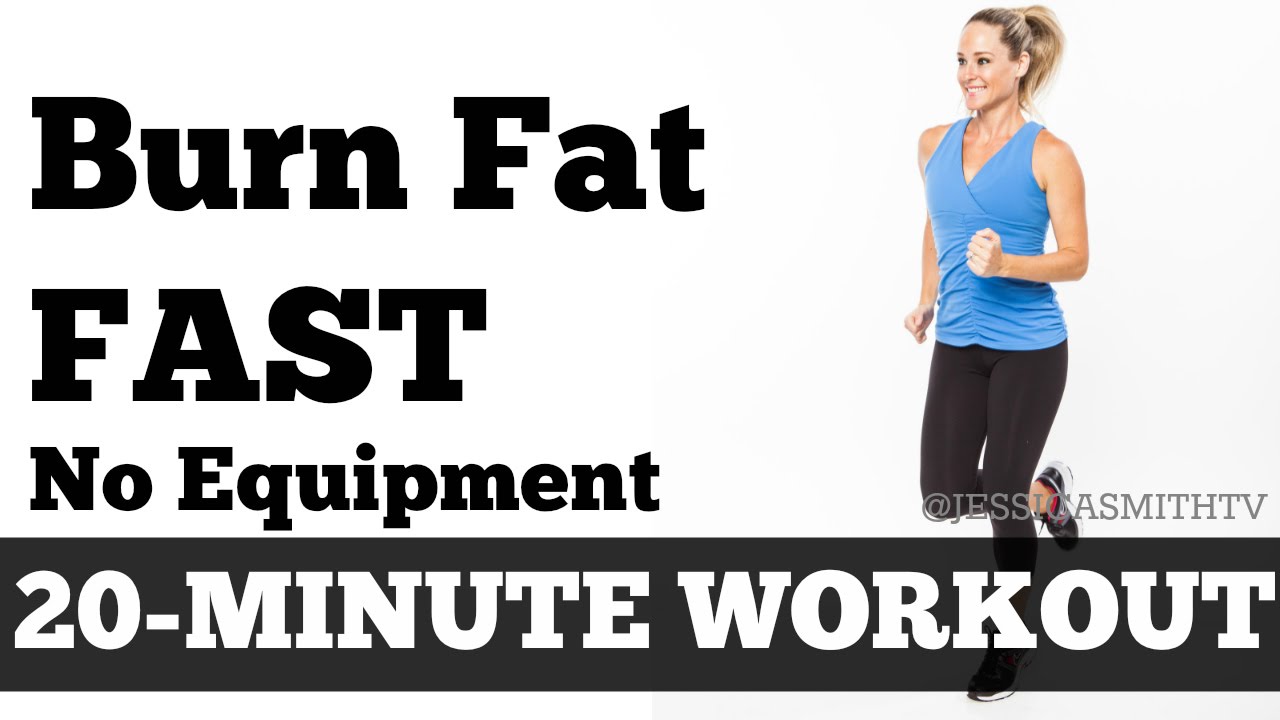Simple resistance training exercises for quick weight loss at home? Sounds too good to be true, right? Wrong! Prepare to ditch the gym membership and embrace your inner superhero with a series of surprisingly effective, at-home workouts that’ll have you shedding pounds and feeling fantastic. Forget complicated equipment and grueling routines; we’re talking simple moves, maximum impact, and a whole lot of fun.
Get ready to sculpt your physique and conquer your fitness goals, all from the comfort of your living room – because your couch is about to become your new personal trainer (and it won’t judge your questionable dance moves during cool-downs).
This guide will walk you through a series of bodyweight exercises designed to target all major muscle groups. We’ll cover proper form, modifications for different fitness levels, and create a sample workout routine to get you started. We’ll also touch on the crucial role of nutrition and hydration in your weight loss journey, because let’s be honest, abs are made in the kitchen (and the living room, thanks to our awesome workout!).
Get ready to unleash your inner fitness ninja!
Introduction to Simple Resistance Training

So, you want to shed those extra pounds and sculpt a body that would make Michelangelo weep with envy? Fantastic! While cardio is your best friend for burning calories, resistance training is the unsung hero of weight loss. It’s the secret weapon that boosts your metabolism, builds muscle, and helps you maintain a healthy weight even after you’ve reached your goal.
Think of it as building a lean, mean, calorie-burning machine!Resistance training, in its simplest form, is any activity that causes your muscles to contract against an opposing force. This forces your body to work harder, leading to increased muscle mass and a faster metabolism. This means you’ll burn more calories even when you’re resting – talk about a win-win! Plus, the increased muscle mass will give you a more toned and defined physique.
Forget those flimsy fad diets; resistance training is the sustainable, long-term solution for lasting weight loss.
Advantages of Home Resistance Training, Simple resistance training exercises for quick weight loss at home
Working out at home offers a plethora of advantages. First, it’s incredibly convenient. No more battling traffic, expensive gym memberships, or awkward interactions with overly-enthusiastic fitness gurus. You are the boss of your workout schedule, free to exercise whenever and however you please, even in your pajamas (we won’t judge!). Second, the privacy factor is unbeatable.
Feel free to unleash your inner beast without worrying about anyone judging your form (or lack thereof). Finally, home workouts are often more budget-friendly than gym memberships.
Necessary Equipment for Home Workouts
You don’t need a mountain of expensive equipment to get started. In fact, you might already have everything you need! Let’s look at the essential equipment for effective home resistance training:Many effective exercises require nothing more than your own body weight. Think squats, push-ups, lunges, and planks. These bodyweight exercises are incredibly effective at building strength and burning calories.
For those seeking a bit more challenge, some inexpensive and easily accessible items can significantly enhance your workouts. A sturdy chair can be used for dips and step-ups. Filled water bottles or cans of soup can serve as makeshift weights. Resistance bands, readily available online or at most sporting goods stores, provide a versatile and affordable way to increase resistance during exercises.
Remember, even a simple backpack filled with books can add weight to your workouts.
Ditch the gym membership and embrace the power of your own bodyweight! Simple resistance training exercises like squats and push-ups are fantastic for quick weight loss at home. But if you’re ready to level up and sculpt some serious muscle, check out this ultimate guide to building strength and muscle with proper weight training techniques for a more structured approach.
Then, once you’ve mastered the basics, you can return to your home workouts with newfound strength and knowledge, making those squats even more effective!
Core Strengthening Exercises

Let’s get down to the nitty-gritty of sculpting your midsection – the powerhouse of your body! A strong core isn’t just about six-pack abs; it’s about stability, balance, and preventing those pesky backaches that can derail your weight loss journey. These exercises will help you build that core strength, leading to better posture, increased calorie burn, and a more efficient workout overall.
Think of it as building the foundation for a leaner, meaner you.Core strength is crucial for weight loss because it improves your overall body composition. A strong core improves posture, leading to more effective exercise and reduces the risk of injuries. It also increases your metabolism, burning more calories throughout the day, even when at rest.
Plank
The plank is the king of core exercises – simple, yet brutally effective. To perform a plank, start by positioning yourself on your forearms and toes, maintaining a straight line from head to heels. Engage your core muscles – imagine you’re bracing for a punch to the stomach. Hold this position for as long as you can maintain proper form.
The longer you hold, the greater the core engagement and the better the results. Focus on keeping your hips level and your body in a straight line; avoid sagging or arching your back. Think of it as a superhero pose – strong, stable, and unyielding.
Side Plank
Now, let’s take the plank sideways for a delightful variation. Lie on your side, propped up on one forearm and the side of your foot. Keep your body in a straight line, from head to feet. Engage your obliques (those muscles on the sides of your waist) and hold. Remember to switch sides to work both obliques equally.
This exercise specifically targets those often-neglected side muscles, contributing to a more defined waistline. Imagine you’re a sturdy, well-balanced tower, resisting the urge to topple over.
Crunches
Crunches are a classic for a reason. Lie on your back with knees bent and feet flat on the floor. Place your hands behind your head, lightly supporting your neck (don’t pull on your head!). Engage your abs and slowly curl your upper body towards your knees, focusing on controlled movement. Avoid jerking or using momentum.
The key here is to feel the burn in your abdominal muscles, not your neck. Think of it as a gentle, controlled roll-up – slow and steady wins the race.
Leg Raises
This exercise targets your lower abs, an area often neglected. Lie on your back with your hands under your hips for support. Keeping your legs straight, slowly raise them towards the ceiling until they’re almost perpendicular to the floor. Lower them back down with control. Avoid swinging your legs; focus on engaging your lower abs to lift and lower your legs.
This exercise requires precision and control – imagine you’re a graceful ballerina, executing a perfect lift.
Ditch the gym membership and embrace the power of your own bodyweight! Simple resistance training exercises like squats and push-ups are fantastic for quick weight loss at home. But if you’re ready to level up your fitness game and delve into a more structured approach, check out this comprehensive guide to resistance training for building muscle and improving health – it’s seriously awesome.
Then, once you’re a resistance training ninja, you can return to those simple at-home exercises with even more muscle-building oomph!
Russian Twists
For a dynamic core challenge, try Russian twists. Sit on the floor with knees bent and feet slightly lifted. Lean back slightly, maintaining a straight back. Hold a weight (or a water bottle) in front of your chest. Twist your torso from side to side, tapping the weight to the floor on each side.
Focus on controlled movements and a strong core engagement. This exercise works your obliques and improves rotational strength, vital for everyday movements and athletic performance. Think of it as a controlled, powerful rotation – like a well-oiled machine.
Creating a Full-Body Workout Routine
So, you’ve mastered the art of the plank (almost), conquered the mighty squat (or at least attempted it with admirable gusto), and are now ready to unleash your inner fitness ninja. It’s time to assemble all those awesome exercises into a full-body workout routine that’ll have you shedding pounds and feeling fantastic. Think of it as building the ultimate superhero – you!This section will provide a sample full-body workout, offer tips for optimal results (because let’s face it, we all want those results ASAP), and present a sample weekly schedule.
Remember, consistency is key – think of this as a fun adventure, not a grueling marathon. Unless you want it to be a grueling marathon, in which case, hats off to you!
Sample Full-Body Workout Routine
This routine combines strength training and core work, targeting all major muscle groups. Remember to consult your doctor before starting any new workout routine. Safety first, people! This routine is designed for beginners and can be modified to suit your fitness level.
Warm-up (5 minutes): Light cardio, like jumping jacks or high knees, followed by dynamic stretches such as arm circles and leg swings.
Workout (30-45 minutes):
- Squats: 3 sets of 10-12 repetitions. Imagine you’re sitting in an invisible chair – elegant and powerful!
- Push-ups: 3 sets of as many repetitions as possible (AMRAP). Modify on your knees if needed. Think of it as a friendly competition with yourself.
- Lunges (alternating legs): 3 sets of 10-12 repetitions per leg. Picture yourself gracefully striding through a field of wildflowers – power and grace in one!
- Plank: 3 sets, holding for 30-60 seconds. Engage your core and feel the burn! Imagine you’re a solid, unmovable mountain.
- Rows (using resistance bands or water bottles): 3 sets of 10-12 repetitions. Think of pulling yourself towards a delicious prize – maybe a chocolate bar?
- Glute bridges: 3 sets of 15-20 repetitions. Feel the power in your glutes! Imagine you’re launching yourself into the sky.
Cool-down (5 minutes): Static stretches, holding each stretch for 30 seconds. This helps prevent muscle soreness.
Ditch the fad diets! Simple resistance training at home, like squats and push-ups, is a fantastic start for quick weight loss. But if you’re aiming for serious muscle gains and Hulk-like strength, you’ll need a more structured approach, like the one detailed in this awesome guide: best workout routine for building muscle mass and increasing strength. Once you’ve built a solid foundation, you can return to those simple home exercises to maintain your gains and continue shedding those extra pounds.
Tips for Structuring Your Workout Routine
Proper structuring is crucial for seeing results and avoiding injuries. Listen to your body!
Progressive Overload: Gradually increase the weight, resistance, or repetitions as you get stronger. Don’t jump into anything too heavy too quickly! Think of it like climbing a mountain – one step at a time.
Rest and Recovery: Allow your muscles time to recover. Aim for at least one rest day per week. Your body needs time to rebuild and repair itself.
Proper Form: Focus on maintaining correct form throughout each exercise to prevent injuries. A mirror can be your best friend here!
Listen to Your Body: Don’t push yourself too hard, especially when starting. Pain is a signal – pay attention to it and rest when needed.
Sample Weekly Schedule
Consistency is key! Here’s a sample schedule, remember to adjust it to fit your lifestyle.
Monday: Full-body workout
Tuesday: Rest or active recovery (light cardio)
Wednesday: Full-body workout
Thursday: Rest or active recovery
Ditch the fad diets! Simple resistance training at home, like squats and push-ups, can kickstart your weight loss journey. But to really sculpt those muscles and boost your fitness, consider stepping up your game with a more structured approach. Check out this awesome strength training program for women to build lean muscle and improve fitness for a more comprehensive plan.
Then, you can return to your simple home workouts feeling stronger and more effective than ever before!
Friday: Full-body workout
Saturday & Sunday: Rest or active recovery
Ditch the gym membership and embrace the power of your own bodyweight! Simple resistance training exercises at home, like squats and push-ups, are fantastic for quick weight loss. But if you’re looking to build serious muscle and strength beyond that, check out this guide on effective weight lifting exercises to build muscle and strength for some serious gains.
Then, return to those bodyweight exercises for a lean, mean, fighting machine physique!
Nutrition and Weight Loss: Simple Resistance Training Exercises For Quick Weight Loss At Home

Let’s face it: resistance training is like giving your body a fantastic workout, but nutrition is the cherry on top (or maybe the entire sundae, depending on your willpower!). Think of it this way: you’re building a magnificent muscle-temple, but if you’re fueling it with junk food, that temple’s going to crumble faster than a gingerbread house in a hurricane.
To truly see results, your diet needs to be on board with your exercise routine.Resistance training helps you build muscle, and muscle burns more calories even when you’re resting. This increased metabolic rate is a game-changer for weight loss. However, if your diet is full of processed foods, sugary drinks, and excessive unhealthy fats, you’ll be sabotaging all that hard work.
A balanced diet provides the essential nutrients your body needs to repair muscle tissue, support energy levels during workouts, and generally keep you feeling your best. This isn’t about deprivation; it’s about making smart food choices that complement your fitness goals.
Healthy Meal Plans for Weight Loss
Creating a healthy meal plan involves focusing on nutrient-dense foods that keep you feeling full and energized without overloading on calories. This isn’t about starving yourself; it’s about smart choices. Portion control is key! Think about building your meals around lean protein, complex carbohydrates, and healthy fats.
- Breakfast: Oatmeal with berries and nuts, Greek yogurt with fruit, or a protein smoothie with spinach and banana.
- Lunch: Salad with grilled chicken or fish, lentil soup, or a whole-wheat sandwich with lean protein and vegetables.
- Dinner: Baked salmon with roasted vegetables, chicken stir-fry with brown rice, or a lean beef and vegetable stew.
- Snacks: Fruits, vegetables with hummus, a handful of almonds, or a small portion of Greek yogurt.
The Role of Hydration in Weight Loss and Physical Activity
Water is often overlooked, but it’s a crucial component of weight loss and overall health. Think of your body as a finely-tuned machine; it needs proper lubrication to function optimally. Dehydration can lead to fatigue, decreased performance during workouts, and even hinder your body’s ability to burn fat efficiently. Water helps flush out toxins, aids in digestion, and keeps you feeling full, which can be particularly helpful when trying to manage your calorie intake.
Aim to drink plenty of water throughout the day, especially before, during, and after your workouts. Remember, caffeinated and sugary drinks don’t count towards your daily water intake – they can actually dehydrate you! Listen to your body; if you’re thirsty, drink water! Staying hydrated is simple but incredibly effective in supporting your weight loss journey.
Safety and Considerations

Resistance training, while fantastic for weight loss and overall fitness, isn’t a walk in the park (unless your park has some seriously challenging inclines!). Like any exercise program, it carries potential risks, but with a little caution and common sense, you can minimize them and enjoy the benefits safely. Think of it like baking a cake – following the recipe carefully ensures a delicious outcome, while ignoring instructions can lead to a…well, let’s just say a less-than-stellar dessert.Potential risks associated with resistance training are largely avoidable with proper technique and planning.
Overexertion, muscle strains, and joint pain are common culprits, but these are usually the result of pushing too hard too fast, or neglecting proper form. Remember, consistency trumps intensity, especially when you’re starting out.
Proper Warm-up and Cool-down Routines
A proper warm-up prepares your body for the workout ahead, increasing blood flow to muscles and improving flexibility. Think of it as lubricating your engine before a long drive. A dynamic warm-up, involving movements like arm circles, leg swings, and torso twists, is ideal. This prepares your muscles for the more intense work to come, reducing the risk of injury.
Conversely, a cool-down helps your body gradually return to its resting state, reducing muscle soreness and promoting recovery. Gentle stretches, holding each for 20-30 seconds, are perfect for this stage. Imagine your muscles as a tightly wound spring – a slow release is much gentler than a sudden snap.
Listening to Your Body and Modifying Exercises
This is arguably the most crucial aspect of safe resistance training. Ignoring pain is a recipe for disaster; it’s your body’s way of screaming “STOP!” If you feel sharp pain, stop immediately. Muscle soreness is different; that’s the pleasant ache of a good workout. However, sharp, stabbing pain requires immediate cessation of the exercise. Modifying exercises is also key.
If a particular exercise feels too difficult, reduce the weight, the number of repetitions, or the number of sets. You can also modify the exercise itself; for example, instead of a full squat, you could perform a chair squat to reduce stress on your knees. Remember, progress is about consistency, not about ego-lifting. Small, incremental improvements are far better than a catastrophic injury.
Understanding Exercise Form
Correct form is paramount in preventing injuries. Incorrect form can place undue stress on joints and muscles, increasing the risk of strains and sprains. If you are unsure about proper form, it is always best to consult a qualified fitness professional or refer to reputable online resources with videos demonstrating correct techniques. Watching videos and carefully mimicking the movements is far better than guessing.
Remember, a perfect rep is better than ten imperfect ones.
Final Wrap-Up
So, there you have it – your passport to a fitter, healthier you, without ever stepping foot in a stuffy gym. Remember, consistency is key. Start small, listen to your body, and celebrate every single victory, no matter how small. Embrace the journey, enjoy the process, and prepare to be amazed by what your body can achieve. You’ve got this! Now go forth and conquer those squats (and maybe grab a celebratory smoothie afterwards – you deserve it!).
